[category science-report]
Crew 281 Mid-Mission Research Report
Date: 05/21/2023
Introduction
The team is halfway through the 14 day mission. No plan survives contact with reality; however, the Pegasus Crew has made steady progress on all of their research goals. Each crew member has provided an update on their research and activities in their own words.
-
Megan Kane: Commander and GreenHab Officer
-
Ritupriya Patil: Executive Officer and Crew Scientist
-
Rachel Jones: Health Safety Officer and Journalist
-
Ana Pires: Crew Scientist
-
KC Shasteen: Crew Engineer (editor)
Each day has been an adventure with new learning experiences and activities. Most days there has been 1 or 2 Extra-Vehicular Activities (EVAs).
Research and Activities Updates
Megan Kane – Commander and GreenHab Officer
Three main projects have been worked on outside of the daily activities of keeping the crew and mission running.
Cacao (Chocolate) Seed Propagation.
The science dome has a grow tent that is being used for the cacao seed propagation. So far, the following steps have been completed:
-
Seed pods opened and seeds removed
-
Seeds cleaned
-
Seeds laid out for germination on trays with moist paper towels
-
Clean seeds a second time and replace paper towels
-
Transplant all seeds that have sprouted roots into pots
It is anticipated that in the next few days the first 2 leaves (cotyledons) will be visible. The temperature and humidity of the grow tent is being recorded.
GreenHab Usability Extension
The GreenHab does not usually run this late in the season. With the assistance of the Crew Engineer, KC Shasteen, several simple changes are being tested to extend the usability of the GreenHab. These include:
-
adding an airflow diverter to keep the fan from blowing directly on the plants. Doing so causes excessive drying of the plants if the airflow is too strong
-
testing low tech methods to improve airflow and humidity
The airflow diverter designed and fabricated by KC has 45 degree slats which push the air from the fan up and over the plants. It greatly increases the airflow throughout the GreenHab by creating a circulation air from the fan across the ceiling and down the rear wall. Added to this is a spacer that holds open the louvers on the airflow exit vent, which allows a chimney effect to draw additional air across the GreenHab from the door to the vent. This spring-loaded vent would normally open from over-pressure when the fan is on and the door is closed. However, based on the recommendation of MRDS Mission Support the door was left open for airflow and cooling. Combining the open door with the open louvers creates a cross breeze inside of the GreenHab which decreases the temperature and relieves heat stress on the plants.
Passive Irrigation System
The passively pumped irrigation system was installed on Sol 1 in the GreenHab. There are 10 planters which now receive their water using terracotta watering spikes. The consumption of water is being tracked for the control planters (water by manual pouring) and the test planters (water using the terracotta spikes). After the mission the watering data will be analyzed to see if there were any statistical differences.
Ritupriya Patil: Executive Officer and Crew Scientist
Behavioral Studies Research:
The 7 Sols spent on the red planet have been an exhilarating experience. A strong sense of camaraderie and teamwork permeates the crew, as they assist one another in accomplishing research objectives and maximizing the mission’s potential. The MDRS mission for crew 281 has provided us with a fresh perspective in preparation for future Mars expeditions. From adhering to morning rituals and preparing meals using freeze-dried food to practicing water conservation and prioritizing each other’s safety, the crew has demonstrated our dedication. We have also actively engaged in engineering solutions and research endeavors to optimize their time at the MDRS. Additionally, I have participated in the MDRS Behavioral Study program, collaborating with the University of Central Florida. This opportunity has granted valuable insights into the role of emotions within Isolated, Confined, and Extreme (ICE) environments. During the stay at the MDRS, contributions are being made to the behavioral studies research by providing daily logs and surveys, thereby assisting in the accumulation of data.
Crew Scientist Research – Investigation of Drone Technology for Georeferencing and Emergency Assistance
The focus of this research is to examine the potential applications of drone technology in supporting astronauts during Mars surface exploration while emphasizing the importance of astronaut safety during extravehicular activity (EVA). The objectives include georeferencing, route planning, emergency medical assistance, and documentation of EVA activities.
To achieve the first goal, research work was done in collaboration with Ana Pires (Crew Scientist) and KC Shasteen (Crew Engineer). To aid Ana Pries’ rock hardness testing and scanline measurements for the chosen boulders under study, detailed vertical and diagonal drone footage was captured for each scanline. These images and videos will help confirm the weathering grade and discontinuities of the rocks. Various drone flying techniques were explored and successfully recorded the scanline footage. High altitude (below 120 m) imagery was captured to georeference the MDRS and surrounding region.
The second objective was achieved by performing a drill EVA mission around the Hab with an emergency scenario simulating an injured astronaut being delivered a lightweight emergency kit. The first proof of concept experiment established a baseline, more work will be done over rest of the mission to deliver at longer ranges and using more efficient routes.
For the final objective, drone footage documentation has been contributed to 4 of the 8 EVAs so far. The plan is to continue collecting videos and images for crew research and outside Hab activities, as needed, for the remaining EVAs. The total drone flight time so far is recorded to be 1 hour and 45 minutes.
The acquired data and insights have the potential to significantly contribute to the advancement of knowledge and understanding in the field, ultimately facilitating safer and more effective exploration of the Martian landscape.
Pictures above starting clockwise from top left
-
Aerial shot of the MDRS campus captured via drone
-
Deploying the drone for first time on MDRS campus to get georeferencing footage.
-
Working on the payload harness for drone to deliver during the drill
-
Kissing Camel Ridge captured on drone during our 6th EVA
-
Drone returning after dropping the payload to simulate emergency medical assistance.
Rachel Jones: Health Safety Officer and Journalist
Re-Establishing Amateur Radio Communications
In October 2022, before the start of the 2022-2023 MDRS season, an amateur radio station was established at MDRS. The station was designed by 16-year-old Hope Lea (ND2L). She set up the station as part of NASA sponsored Spaceward Bound Utah, which featured the first all high school crew at MDRS.
The station comprised of a Shack-in-the-Box set up containing an I-Com 7300 radio, LDG Tuner, and an external speaker. The Shack-in-the-Box, which is a name brand many amateurs might call a go-box, is then either connected to the wall outlet or a battery for power. The battery configuration allows a station to be ran both on-the-grid or off-the-grid as a possible POTA (Parks-on-the-Air) station. The kit holds two coax cables, likely for redundancy, as only one is needed to connect the go-box to the antenna. The station uses a versatile Chameleon High Frequency (HF) Modular Portable Antenna System 2.0 which has nine different configuration possibilities.
After an inventory of the station (Sol 4), practice configuration, and team deployment training (Sol 5), the station was finally set up on Sol 6.
Rachel deploys and operates the MDRS amateur radio station.
Ana Pires: Crew Scientist
Narrative:
One week ago, Ana had the opportunity to see the Mars Desert Research Station for the first time and to “breathe” on Mars! She woke up early every day to watch the sun starting to shine in this wonderful and unique geological setting. As a researcher and a geoscientist, she will carry all these colors in her memory for all her life! However, she is on Mars, so everything must be planned with the Commander, the team, and the mission support.
Geosciences, geotechnics, and technology on Mars is hard. Ana’s research includes a geological-geotechnical assessment of the area (using scanline surveys adapted from ISRM, 1981), as well as a geomechanical characterization of the rock hardness using Equotip and Schmidt hammer (non-destructive testing equipment). The research also includes the testing of a rock sampling device (scoop prototype) in a real environment and the registration of possible future adjustments.
The Crew Scientist is collaborating with Portuguese researchers involved in the field of engineering materials, so the Crew was able to wear T-shirts and boxers (Smart Textiles) designed for extreme environments, during their EVAs. The feedback is positive, and the team has already provided a lot of suggestions and recommendations to improve the design.
The Crew Scientist has been producing a series of educational & outreach videos about her time spent on our Utah campus for students in Portugal, under the scope of “Space For All Nations Initiative” (run by International Institute for Astronautical Sciences) and also for her project “Portuguese GeoTech-Vision for STEAM Outreach and Education”.
Human relationships are an important part of this mission and were also part of her personal learning at the MDRS. Listening to the Commander, Megan Kane, talk about her stories in Africa, or speaking Chichewa language, her dogs, her passions… Ritupriya Patil (Executive Officer) the serenity that we need during these days on Mars, Rachel Jones (Crew Journalist and HSO) a force of Nature offering us the boost that we need to “survive”, and finally KC Shasteen (Crew Engineer), which offers us generosity and intelligence.
Ana is eager to know more about this awesome Team. The mission is still ongoing… The Crew Scientist will continue listening to the sounds of Mars, breathe Science and Technology, knowing that the MDRS will be forever in her heart.
Crew 281 activities
The week included several EVAs with the Crew Engineer and XO, where it was possible to adapt for the first time to wearing the spacesuits, handling items with gloves, driving the rovers, performing all the proposed tasks with a mind for safety, and readjusting the methodology used during the geotechnical assessment. Mars is testing the Team Pegasus every day and pushing it to the limit. The passion for Science and Technology really overcomes all the challenges that the Crew faced this first week.
MDRS Analog Mission in 2 words: adaptation and “saudade” (Portuguese word)
The research in numbers: Three scanlines; total length of scanline 65 m; 14 stations; 2 types of equipment for rock hardness; 2 humans; 700 measurements; > 5kg rock samples; > 200g of soil samples; 1 test with the rock sampling device (named “Pegasus” scoop); > 1500 images and videos acquired.
Next steps: The final week will be dedicated to carry out the last scanline in Pooh’s Corner and more EVAs in other locations for rock/soil sampling and visual observation of the geoforms and geology. A second test will be conducted with “Pegasus” scoop.
Clockwise from left: Ana using Schmidt Hammer, KC using Equotip, Ana holding Portuguese Flag, KC-Ana-Ritu (let to right), Ana installing scoop in dirt.
Looking Forward
Now that the team has passed the halfway point of the mission the focus will be on finalizing data collection and wrapping up experiments.







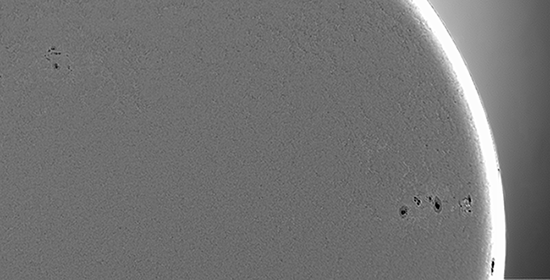





















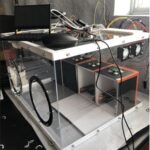
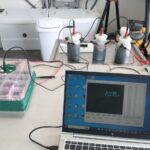
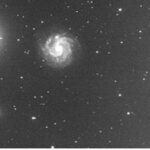
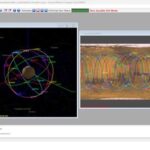
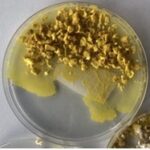
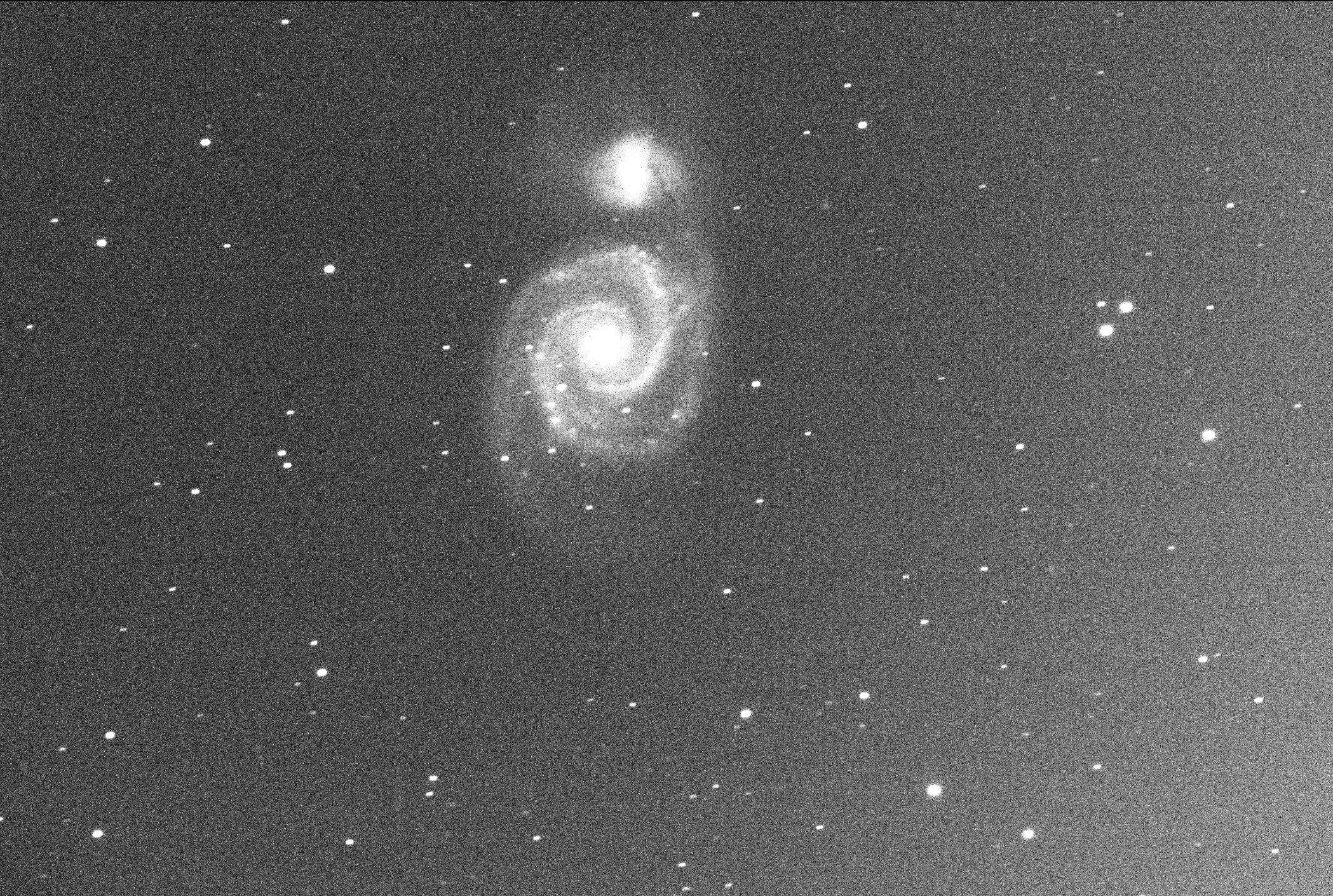
You must be logged in to post a comment.